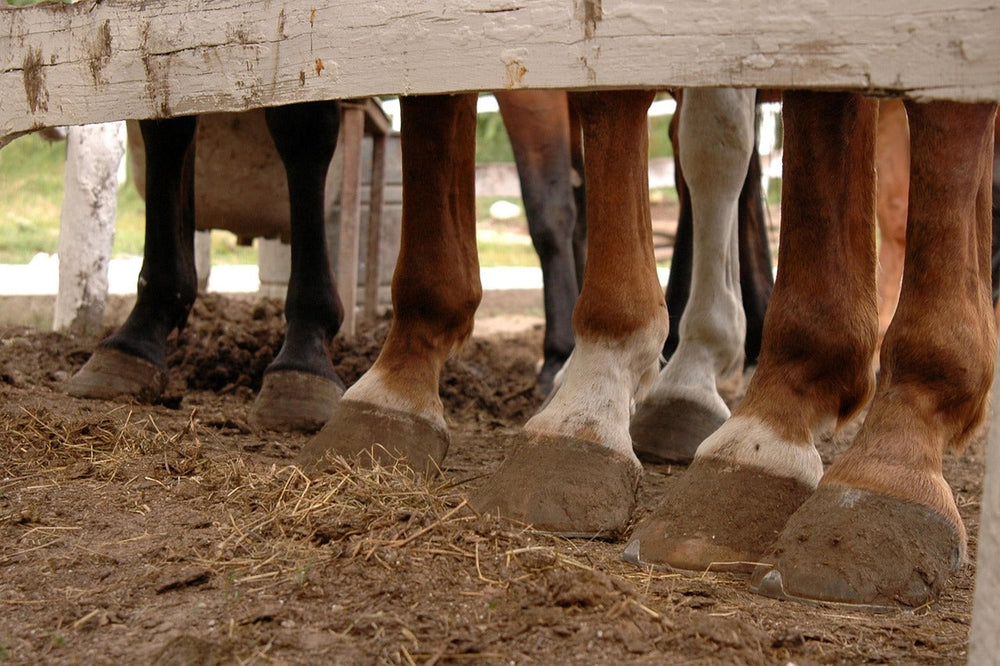Why choose ecological bedding?
Each litter has its own unique properties and regardless of the type of litter, composting litter reduces the amount of litter waste. If locally produced litter is available, the carbon footprint of transportation is also reduced. Among other things, hemp is a fast-growing plant that requires little fertilizer, making it a sustainable farming option. It sequesters carbon dioxide as it grows, helping to offset carbon emissions, and it can be grown in many climates with relatively little water use. Hemp is increasingly being cultivated in Europe for sustainable reasons, but it is not always available in all regions. In some countries, hemp production may be limited, which can increase the price. However, availability is constantly improving as hemp grows in popularity, and hemp bedding is highly absorbent and effective at combating odors. Peat, on the other hand, is a somewhat controversial product . Although peat is biodegradable and highly absorbent, it is harvested from wetlands, which are important ecosystems for biodiversity and carbon sequestration. To ensure sustainable peat use, it is important to use peat from responsibly managed wetlands, although verification can be challenging. The ecological impact of peat depends largely on its origin, so it is important to research suppliers carefully.Litter waste management and composting
Straw pellets decompose quite quickly when they decompose, allowing them to be quickly used as fertilizer or soil conditioner later on. Wood pellets are also an excellent choice for composting. Their dense structure decomposes quickly when exposed to moisture, and as the pellets become softer, they mix well with the manure pile. Peat composting can be slow and often requires other nitrogen-rich materials to speed up the decomposition process. Peat is relatively readily available in Finland, as it is one of the world's largest peat producers. However, sustainable peat production has been a topic of debate, as peat is not considered a fully renewable resource and the environmental impacts of its use have been criticized. Some stables use a fully recycling system, where the litter and manure are recycled locally, minimizing the environmental impact of transportation. Manure can also be pattered, which means storing horse manure in a large pile, which is made for temporary storage.Manure heating
Pelletizing is a common way to handle manure, allowing for stabilization and nutrient retention before final utilization, such as spreading on fields or composting. Pelletizing is an easy and cost-effective solution, especially for stables where large amounts of manure are generated, but proper implementation and compliance with environmental requirements are key to success. The location of the battery should be sufficiently far from water bodies, usually at least 50 meters, and from groundwater areas. The substrate should be dense, for example concrete, asphalt or compacted clay, to prevent nutrient runoff into the environment. A written notification of manure storage must be submitted to the municipal environmental protection authority at least 14 days before it begins. This also applies to the transfer of manure to another location if this is necessary, for example due to insufficient storage capacity on the farm. The time for the battery varies depending on the use. As an interim storage, manure can be kept in a pile for several months. If the goal is complete composting, 6–12 months are needed. However, the battery can be in the field for a maximum of one year after it is established. The goal is that long-term storage does not cause environmental risks. Discover all of Biohansa's bedding products via this link . Remember to subscribe to our newsletter and follow us on social media to receive information about new products and current topics directly to your email.






